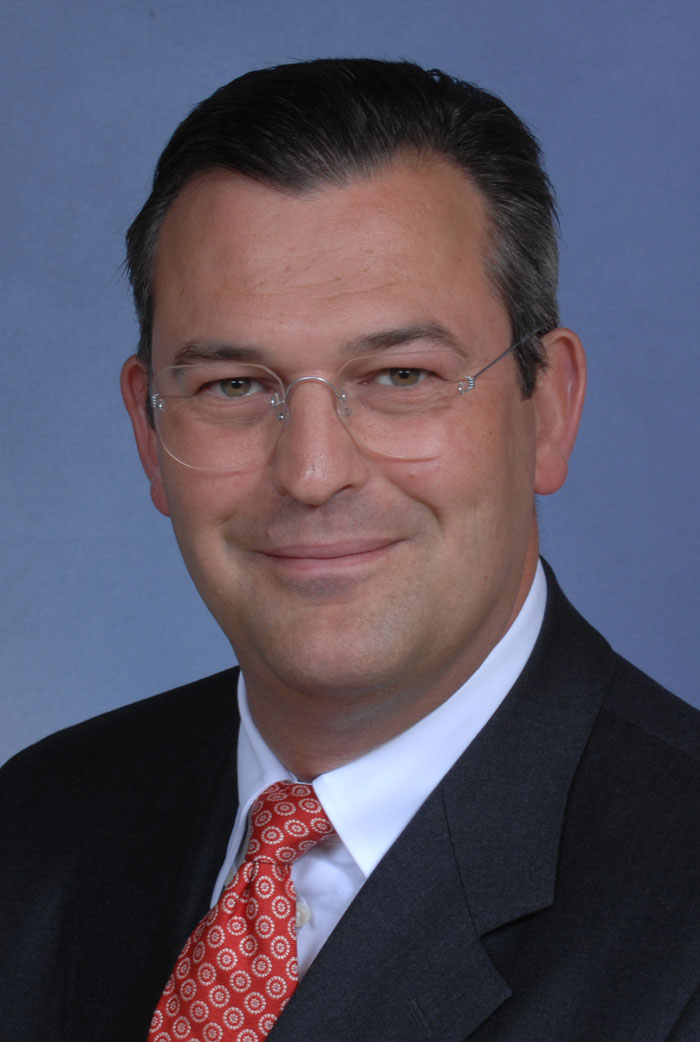GSM-R from Nokia Siemens Networks – the fast track to efficient railway communications
28 January 2010 | By Johann Garstenauer, Head of Railway Solutions, Nokia Siemens Networks
Today’s railway networks are undergoing a renaissance. With high-speed lines competing for much of the business of short haul and domestic air traffic, railways are attracting passengers at an ever growing rate. Modern digital communications technology is ready to support this transformation.





